The Whiskey Rebellion
During George Washington’s two terms as President, arguably the most troublesome domestic event was the Whiskey Rebellion. This issue, the root of which was a tax that people refused to pay, threatened the stability of the country. More significantly, the crisis was a direct challenge to the authority of the recently approved Constitution and the federal government which stood behind it.
Following the American Revolution, the federal government, to stabilize the nation’s financial system, assumed debt incurred by the states during the war. To pay for these new obligations and to fund an army and other national priorities, Treasury Secretary Alexander Hamilton decided to implement a tax on domestically produced “distilled spirits,” which went into effect in March 1791.
Hamilton knew a tax would be unpopular, but he reasoned that this was a tax on luxury items and the average citizen would not put up much of a fuss. However, he did not reckon with the Scots-Irish farmers of western Pennsylvania. These independent, hardy men were not the sort to meekly accept this new imposition on them. Moreover, they felt the tax unfairly targeted westerners and that they were not adequately represented in Congress.
This so-called whiskey tax was the first time any American central power, including the Continental Congress, Confederation Congress, or federal constitutional government, had ever implemented an internal tax. Previous governments had lacked the authority to do so, and, naturally, this novelty did not go over well. To make matters worse, the new law required that the taxes be paid in specie—gold and silver coins—which most western settlers lacked. In fact, whiskey often was the medium of exchange on the frontier.
Much like during the Stamp Act crisis of 1765, accusations of taxation without representation were tossed about. But this time they were directed at the American government instead of the British. Westerners wondered if they had simply traded one form of tyranny for another.
The sequence of events that followed was eerily similar to the issues that led to our revolution. The western Pennsylvanians, especially those in Allegheny, Fayette, Washington, and Westmoreland counties, petitioned the government for the law to be rescinded, but that effort failed. The government reduced the tax by a penny per gallon but would not yield on their right to impose the tax itself. Violence on the part of the frontiersmen followed, including tarring and feathering tax collectors, mirroring the tactics of the Sons of Liberty in the 1770s.
Resistance continued and practically no whiskey taxes were collected through the spring of 1794. The matter came to a head in July of that year when a group of about 600 “Whiskey Boys” attacked the home of General John Neville, a government official and veteran of the American Revolution. In the ensuing engagement, the group surrounded the mansion, drove out the inhabitants, and drank all Neville’s whiskey, after which they burned his home to the ground.
In August, David Bradford, the hot-headed prosecuting attorney of Washington County, gathered almost 7,000 followers at Braddock’s Field, about 8 miles east of Pittsburgh. Bradford was declared a major general by his adherents, and they discussed whether they should declare independence. Finally, President Washington had had enough.
"Henry Lee." National Portrait Gallery, Smithsonian Institution.
The President realized it was critical the federal government demonstrate it had the will and the ability to handle domestic disputes and violence against our nation’s laws. Washington stated our government must not “remain a passive spectator of the contempt with which it is treated.”
Because the Legion of the United States was busy suppressing an Indian uprising in the Northwest Territory, the President called on the Governors of Pennsylvania, New Jersey, Maryland, and Virginia to assemble their militia. The Governors quickly responded, and the force began to coalesce in Bedford, Pennsylvania, about 100 miles east of Pittsburgh.
By October 20, some 13,000 militiamen had gathered in Bedford, and the President rode there to lead the army, marking the only time a sitting President ever led troops in the field. Never one to miss an opportunity to be in the limelight, Alexander Hamilton, the acting Secretary of War while Henry Knox was away in New England, accompanied the President.
Realizing they would soon face an overwhelming force, the once-defiant Whiskey Boys melted away and promised to behave better in the future. The recently appointed General Bradford, the leader of the rebels who had pondered independence a few weeks before, fled to Spanish Louisiana.
With resistance collapsing and the crisis averted, President Washington turned the army over to General “Light-Horse Harry” Lee, his trusted cavalry commander from the Continental Army, and returned to Philadelphia. In late October, Lee led the army to Pittsburgh, but most of the rebels had already dispersed by the time Lee arrived. Very little fighting occurred; only two Whiskey Boys were killed and another twenty were taken into custody and transported to Philadelphia to stand trial.
Importantly, President Washington had shown the new federal government could manage a crisis and had the will to enforce the laws it established. A less forceful response from the President could have had only adverse consequences for the country in years to come.
Next week, we will discuss the Washington administration securing the northwest frontier. Until then, may your motto be “Ducit Amor Patriae,” love of country leads me.

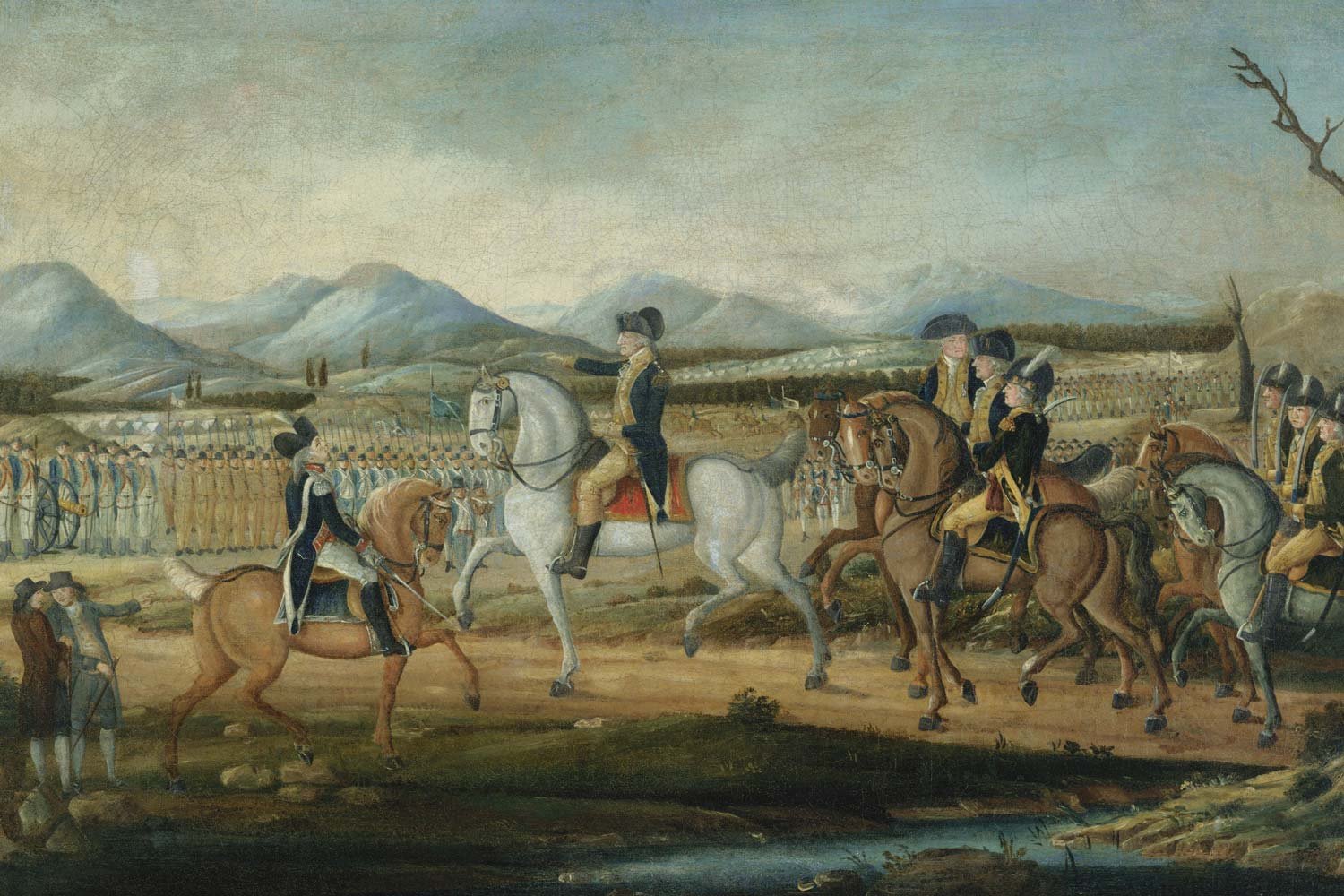





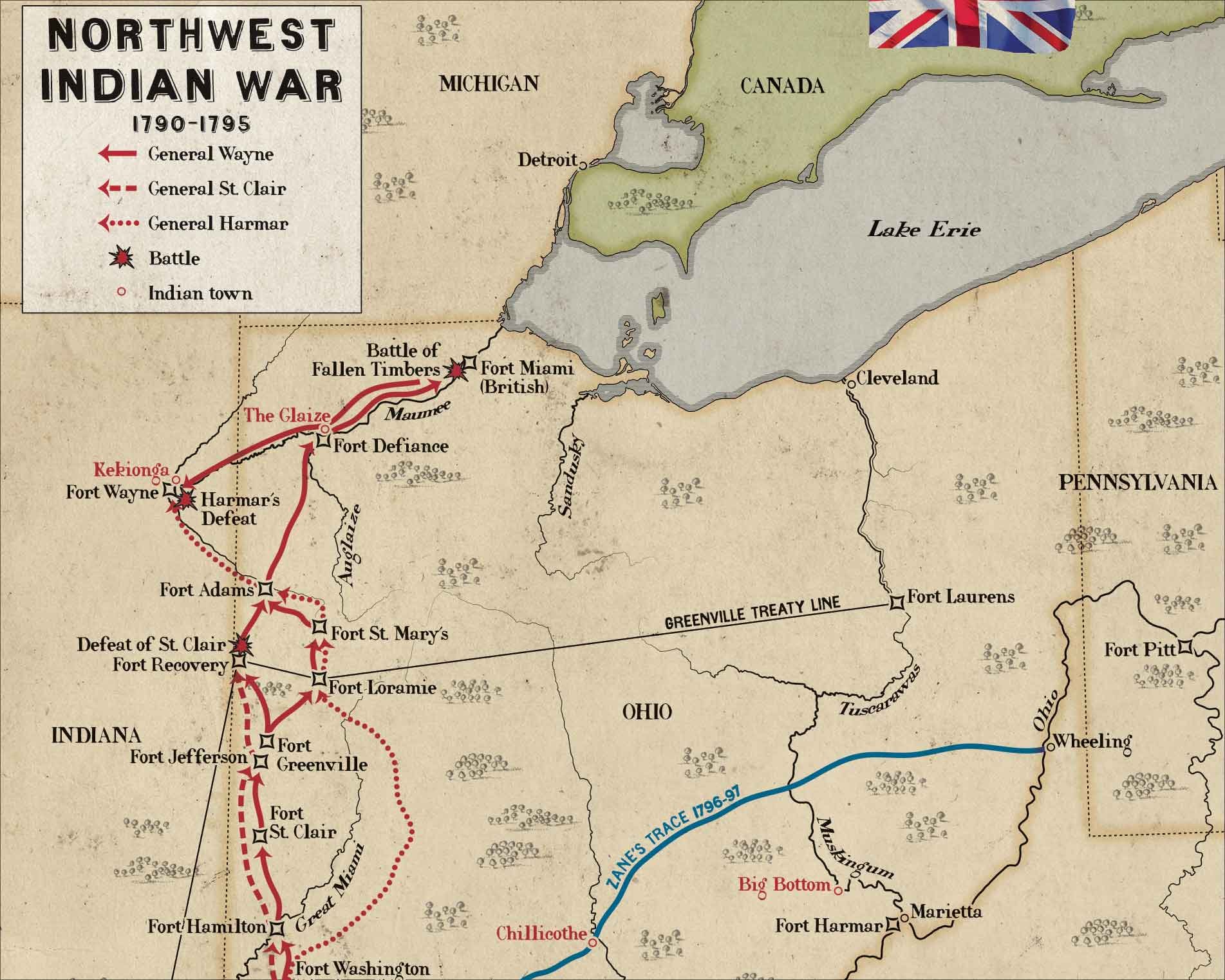
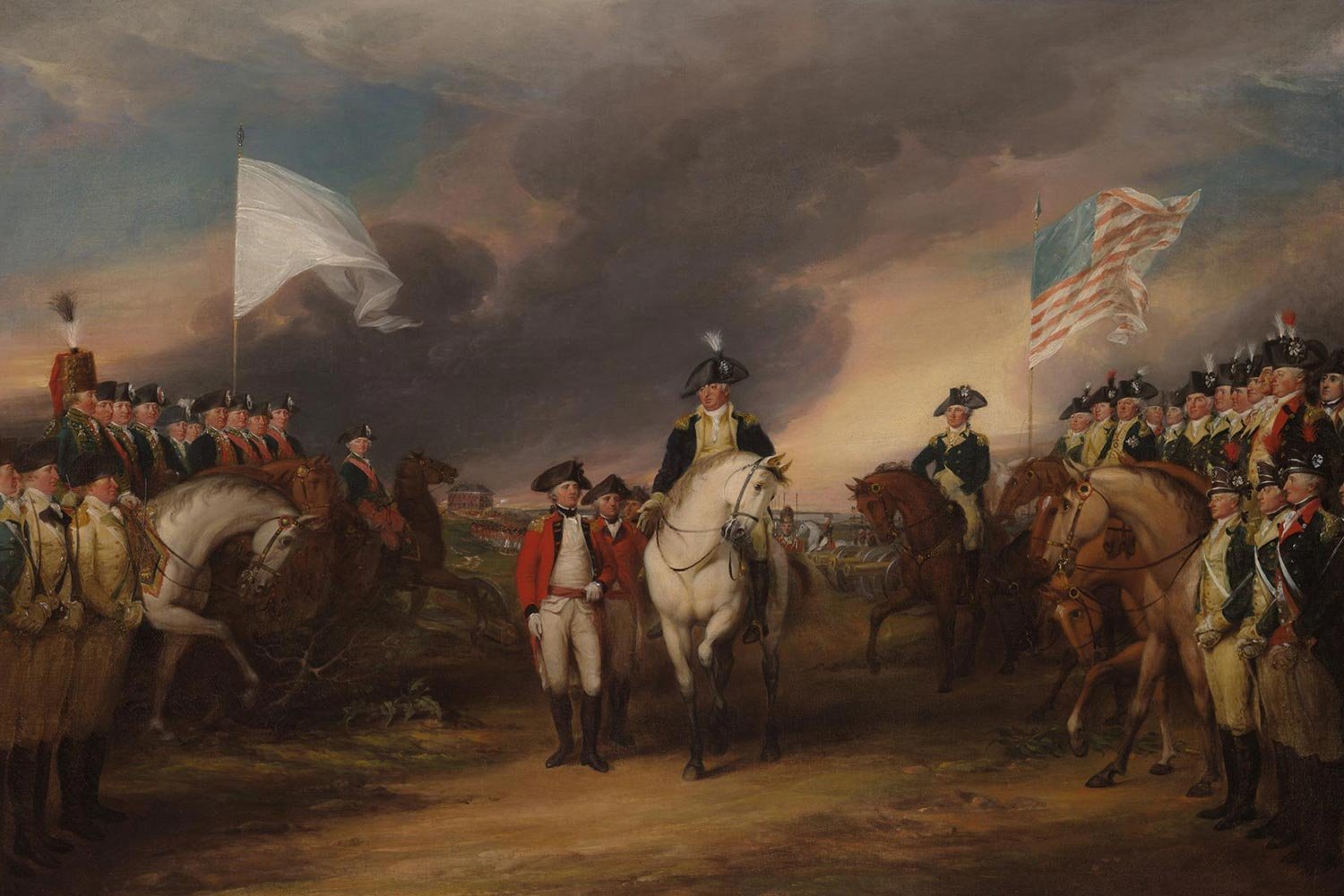
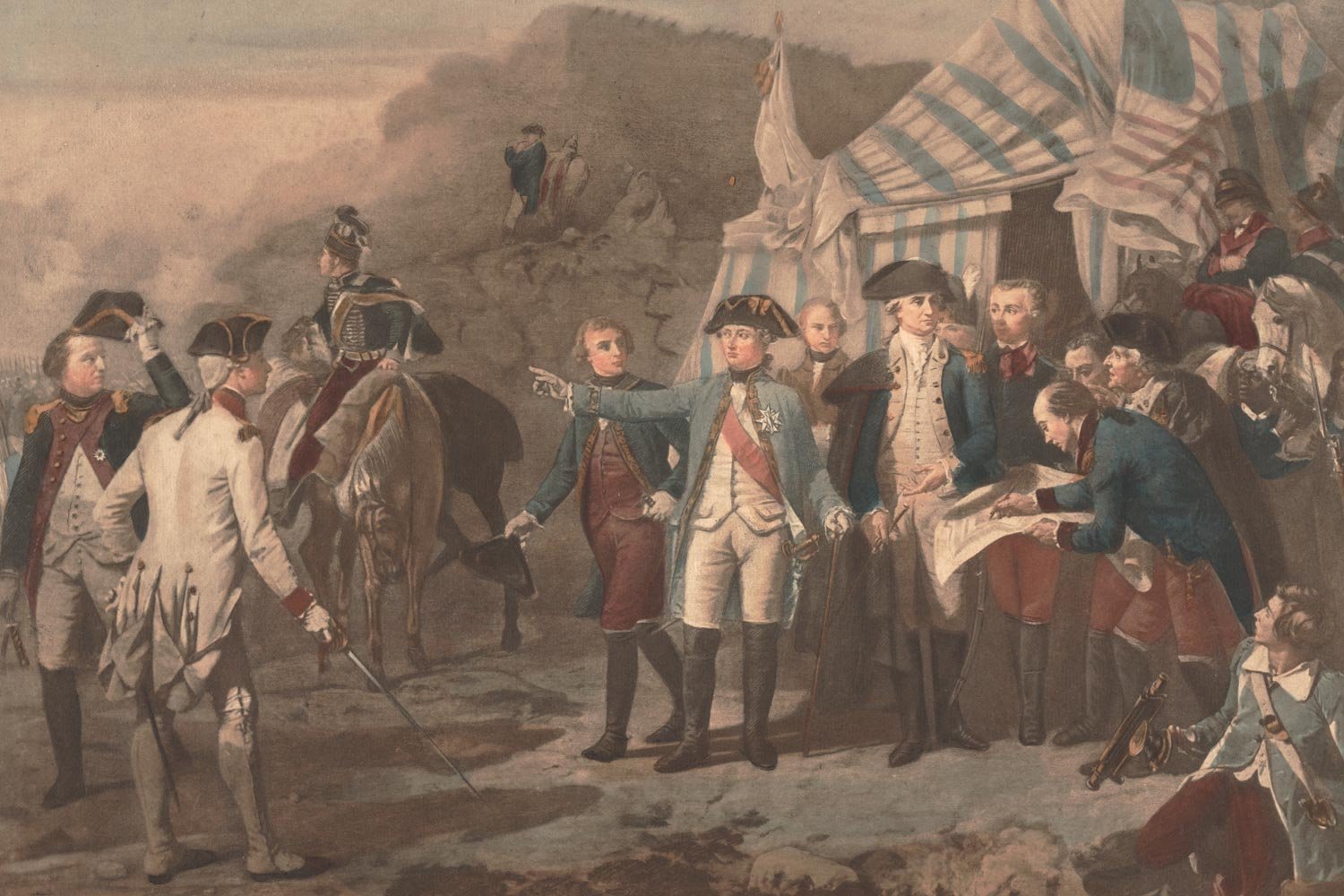
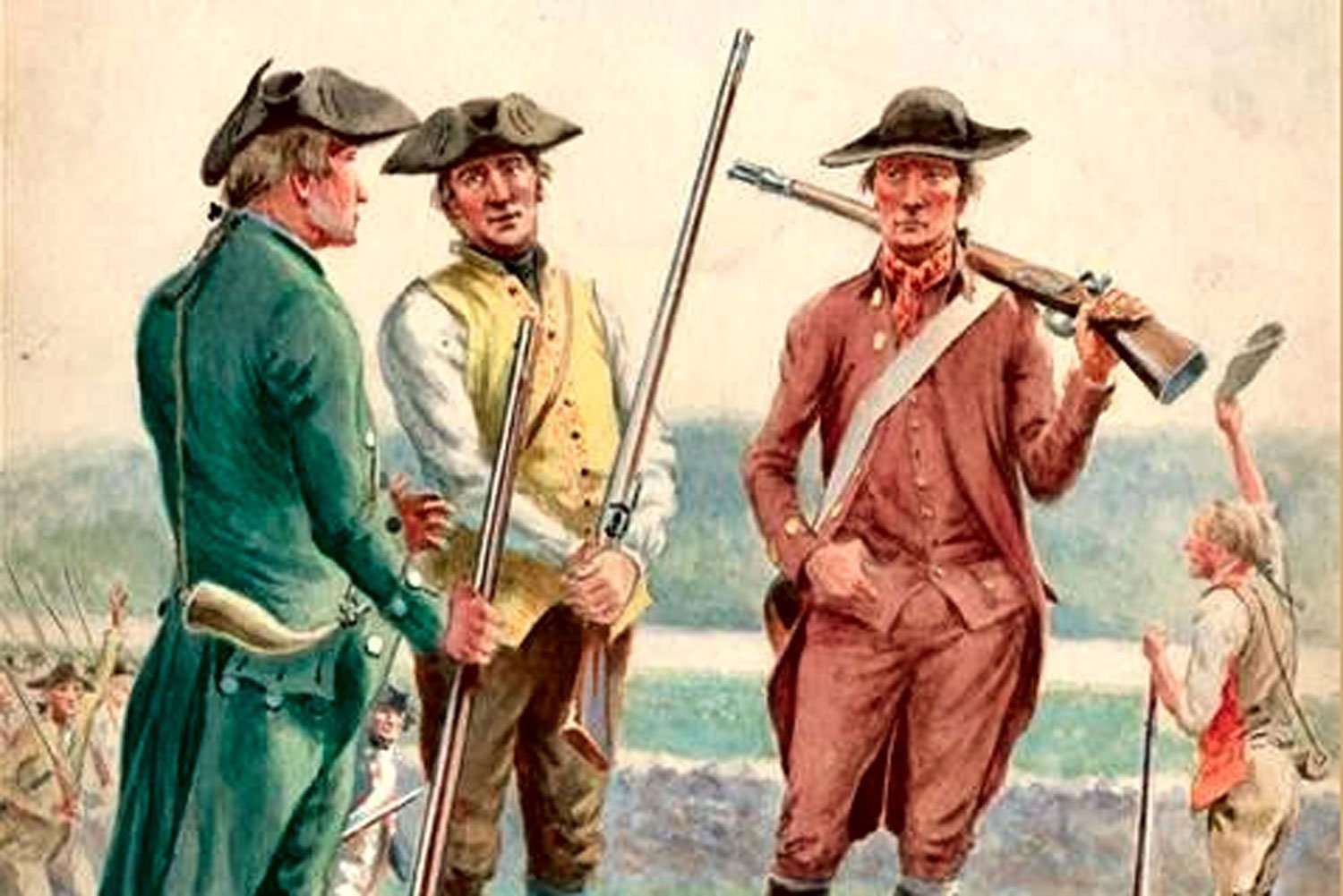
The only fighting in the Quasi-War occurred at sea, and mostly in the Caribbean. But with war at a fever pitch and French interests so close by in Louisiana, there was a very real concern in Congress about a possible French invasion of the United States from the west.